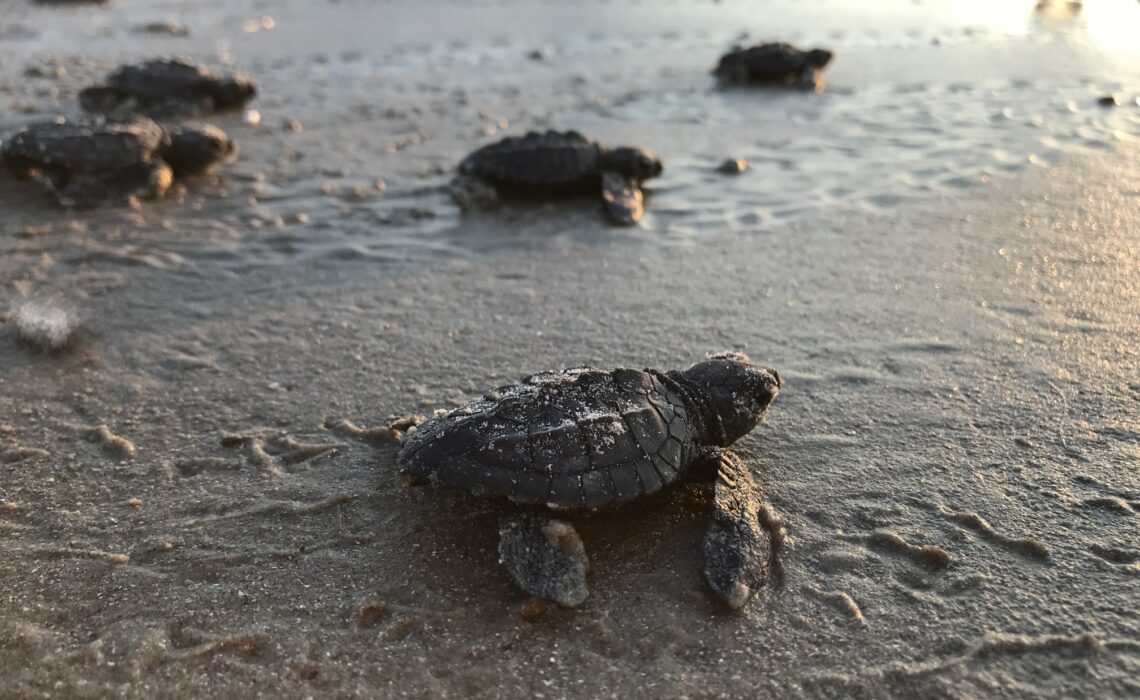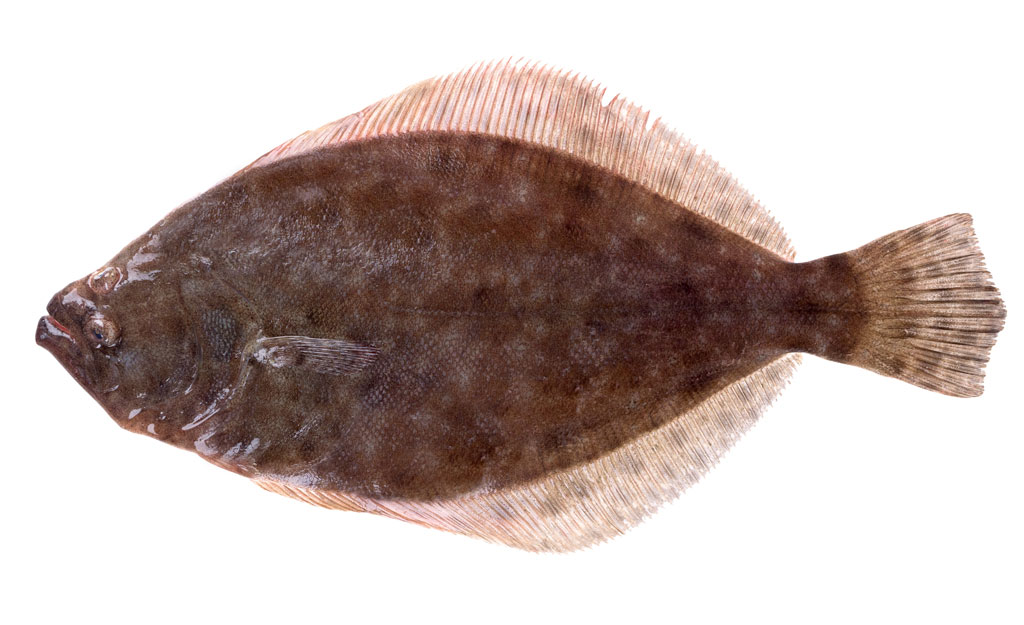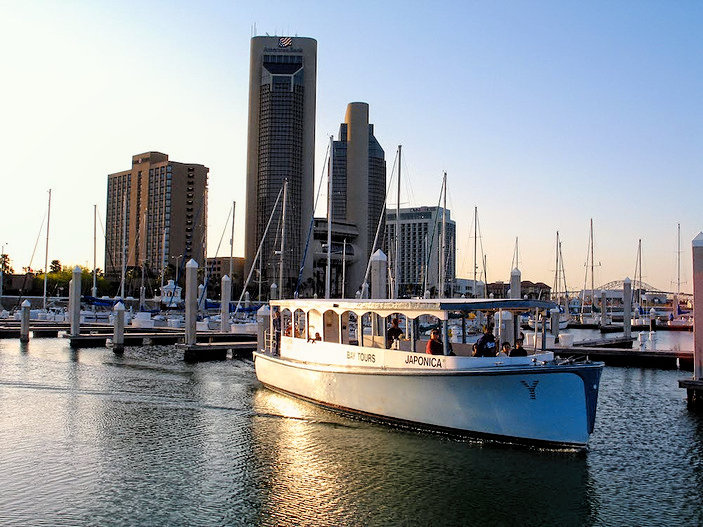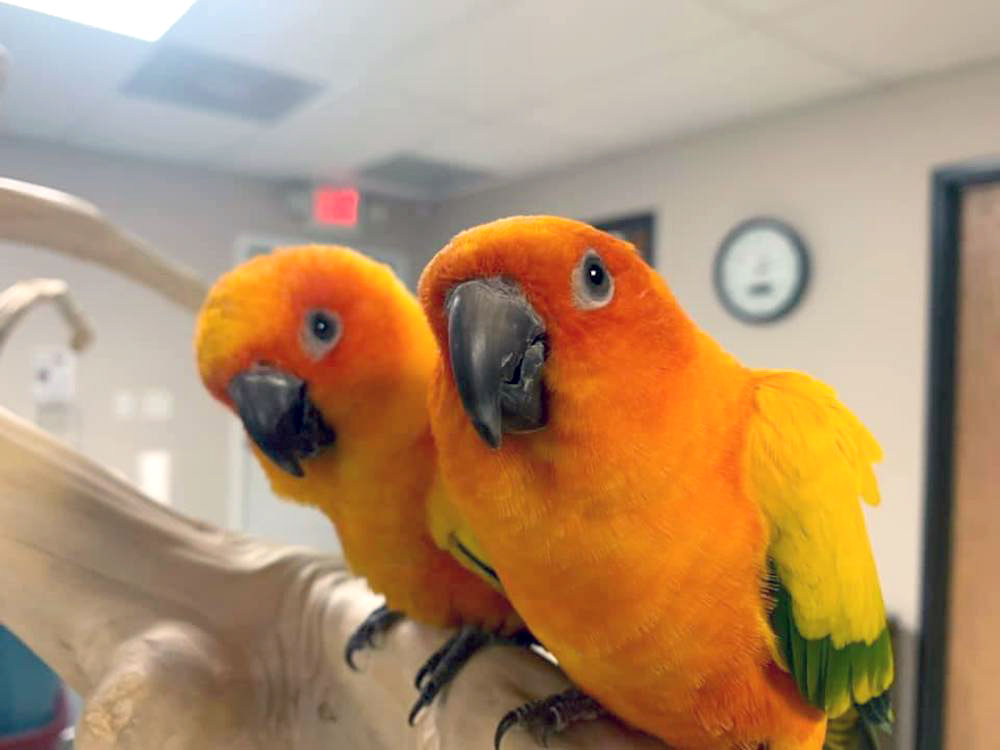
During the 2018 season, 249 Kemp’s ridley sea turtle nests produced nearly 15,000 hatchlings, which were released at Padre Island National Seashore throughout the summer. Photo courtesy of NPS
This summer brought another prolific sea turtle nesting season to the Coastal Bend. Since July, when turtle eggs begin to hatch, Padre Island National Seashore hosted 21 public releases of the most endangered turtle species in the world: the Kemp’s ridley or Atlantic ridley sea turtles. A total of 16,760 people attended, an average of about 800 turtle enthusiasts per release. Many come from around the world.
“I’ll talk to the people in the crowd who planned their whole vacation around the chance to see the hatchlings released — from across Texas, across the U.S., and even Europe,” said Donna Shaver, chief of the Division of Sea Turtle Science and Recovery at Padre Island National Seashore.
Vacationers seeking turtle sightings have to be dedicated. Releases happen on turtle time, making it hard to plan.
“It’s not show-and-tell; it’s not turtles on demand,” Shaver said. “I give a window for when the eggs may hatch and when the turtles may be released. It’s not like a human baby where they have nine months. It depends on temperature, number of eggs, where we are in the season.”
From the 249 nests found this year, 12,178 hatchlings were released from the national seashore. Another 2,806 were released at a corral farther down the island.
Once in the water, the hatchlings spend the next three years playing in the currents and traveling up the Gulf Stream along the Atlantic coast — if they are lucky enough to avoid predators. While park rangers and volunteers scare off hungry sea gulls during the turtles’ trek across the sand, when they hit the surf, they are on their own.
“Unfortunately, it’s a tough life for the hatchlings,” Shaver said. “Under the natural condition, only one in 400 eggs will produce one that will make it to adulthood and continue the circle of life of reproduction.”
This year marks the second-highest nesting season for Kemp’s ridley sea turtles; the highest being last year at 353 nests.
Shaver explained that, this year, the females took some time off from nesting.
“What is at play, to some extent, is that the number of years it takes for females to come back to lay eggs again has increased,” Shaver said. “It used to be two years, and now it is three and a half years.”
Because of the efforts of Shaver, her staff, and enthusiastic volunteers, sea turtle hatchling numbers have increased dramatically in the Coastal Bend, even with mother turtles on longer maternity breaks. In February, Shaver was granted a Lifetime Achievement Award from the International Sea Turtle Society for her tireless and successful recovery efforts.
An important aspect of conservation involves training volunteers for more than just spotting nesting turtles and helping with care and release of their hatchlings. The next important step in a turtle’s life on the Texas Gulf Coast begins when temperatures drop. Padre Island National Seashore will be training volunteers in October on how to handle cold-stunned turtles in the winter. Training sessions for nest patrol and hatchling releases are held in February and March.
For more information on volunteering, call (361) 949-8173 ext. 265 or visit the NPS website.





